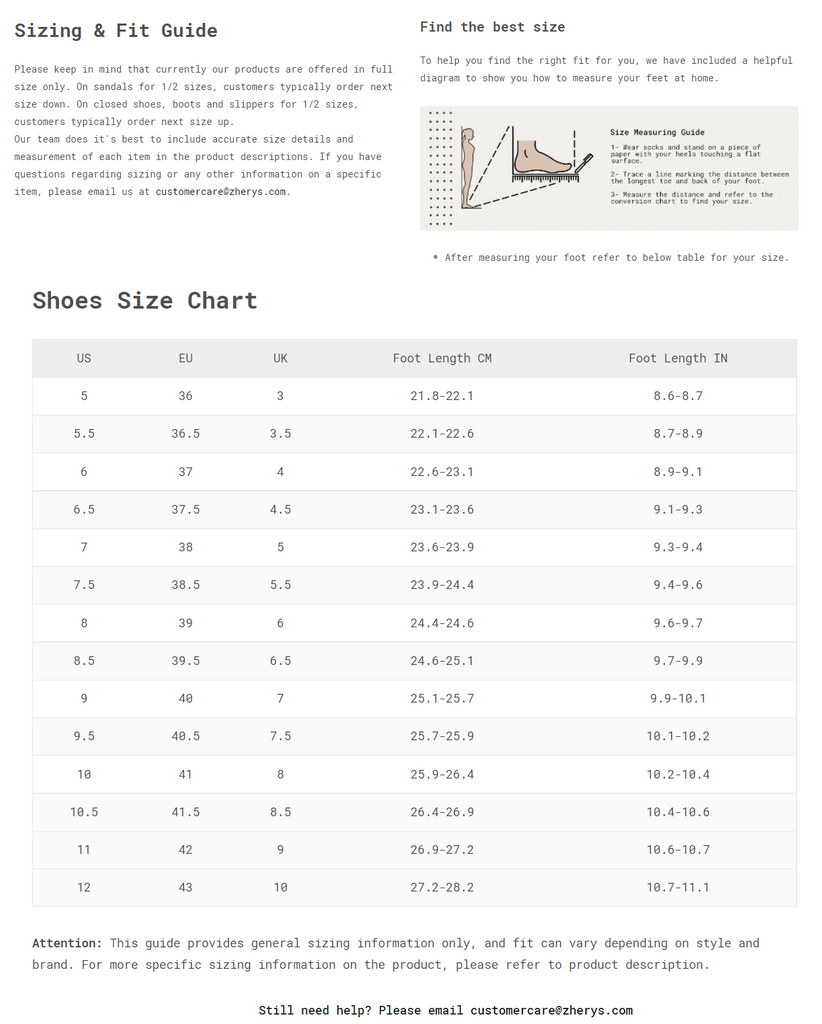5 reasons why sustainable fashion is growing in popularity
During the height of the COVID pandemic, people spent more time on the internet than ever before. They learned new things, they met new people, and some of them even discovered just how dire environmental pollution has really become. As such, consumer demand for sustainable everything has skyrocketed, and fashion is no exception. Here are five reasons why sustainable fashion is taking over the industry.
1. Companies Are Practicing Transparency
A few short years ago, when people bought a product labeled as “sustainable” or “eco-friendly,” they had no real idea what they were buying. The guidelines that allowed these labels to be added to garments weren’t very clear. These days, though, more companies than ever before are transparent about their products. They will gladly tell their customers exactly how their garments are made, what they’re made with, and even where those materials came from.
2. Plastic is an Undeniable Issue
The debate about whether humanity is to blame for climate change continues to rage on, but one thing is for certain - plastic production has created (and continues to create) excessive pollution that is detrimental to our planet. All it takes is a walk down the street to see it; bits of plastic are everywhere. Research has even suggested that babies are being born full of microplastics. Consumers are increasingly concerned about these changes, and sustainability is becoming a priority.
3. Sustainable Fashion is More Available
If you wanted to buy a sustainable t-shirt or an eco-friendly pair of shoes a decade ago, you would have been hard-pressed to find a style you liked. Today, though, sustainable fashion is everywhere you look - even in big-box and department stores. You can find sustainable fashion in virtually every style, color, pattern, and weight imaginable, whether you’re looking for a light, flowy dress or a thick winter coat.
4. It’s Becoming More Affordable
Some of the first pieces of eco-conscious clothing sold for hundreds of dollars - more than most people were willing or able to spend for a product, no matter how earth-friendly it was. Today, the sheer availability of the products has driven the price down significantly, and in many cases, fashion made with sustainable and renewable materials costs about the same as its non-sustainable counterparts.
5. The Technology Has Improved
Of course, none of these things would be possible without research and technology. The development of hemp and bamboo plants with strong fibers that grow quickly, the tools required to process those plants into fibers suitable for clothing, and the processes involved in recycling plastic and rubber into footwear are all key players in the sustainable fashion movement. As demand for sustainability increases, the technology required to make the products grows, too.
Sustainable fashion isn’t just a fad anymore. It’s here to stay. Consumer demand has driven the manufacture and sale of earth-friendly clothing sky-high, and there’s no sign that it will slow down in the future. If you haven’t yet jumped on the sustainable fashion train, now is a perfect time. It’s never been more available, varied, or affordable than it is today.










